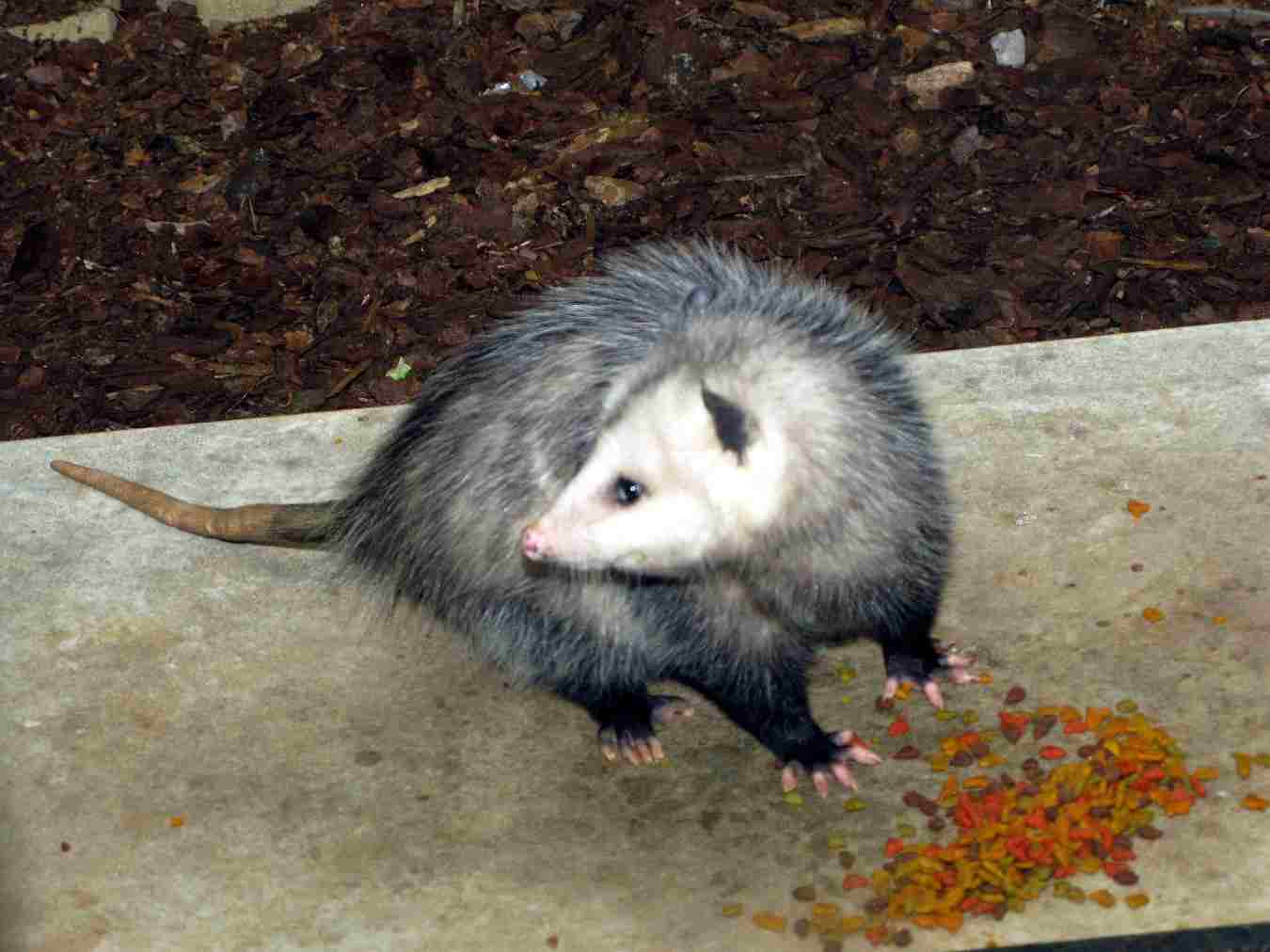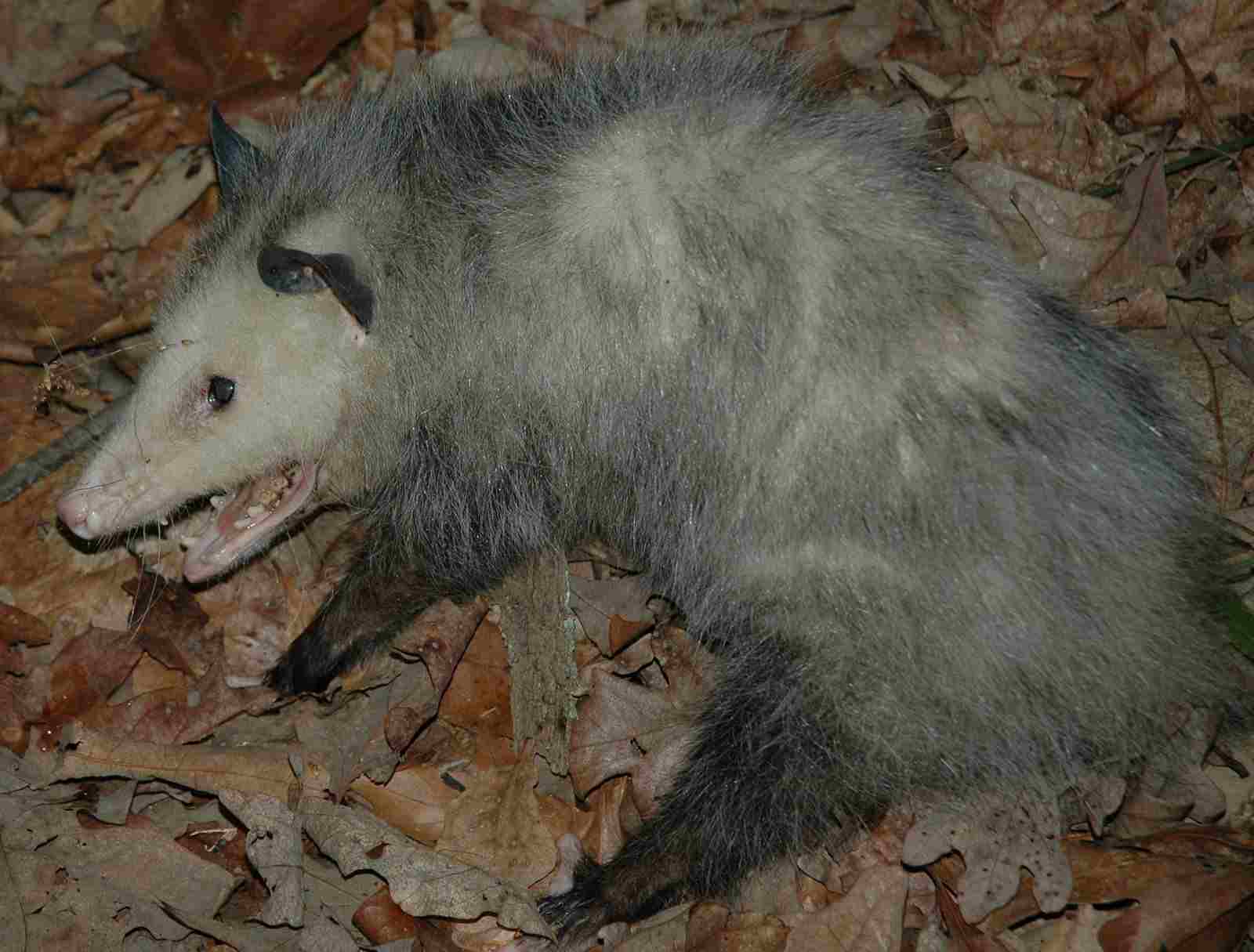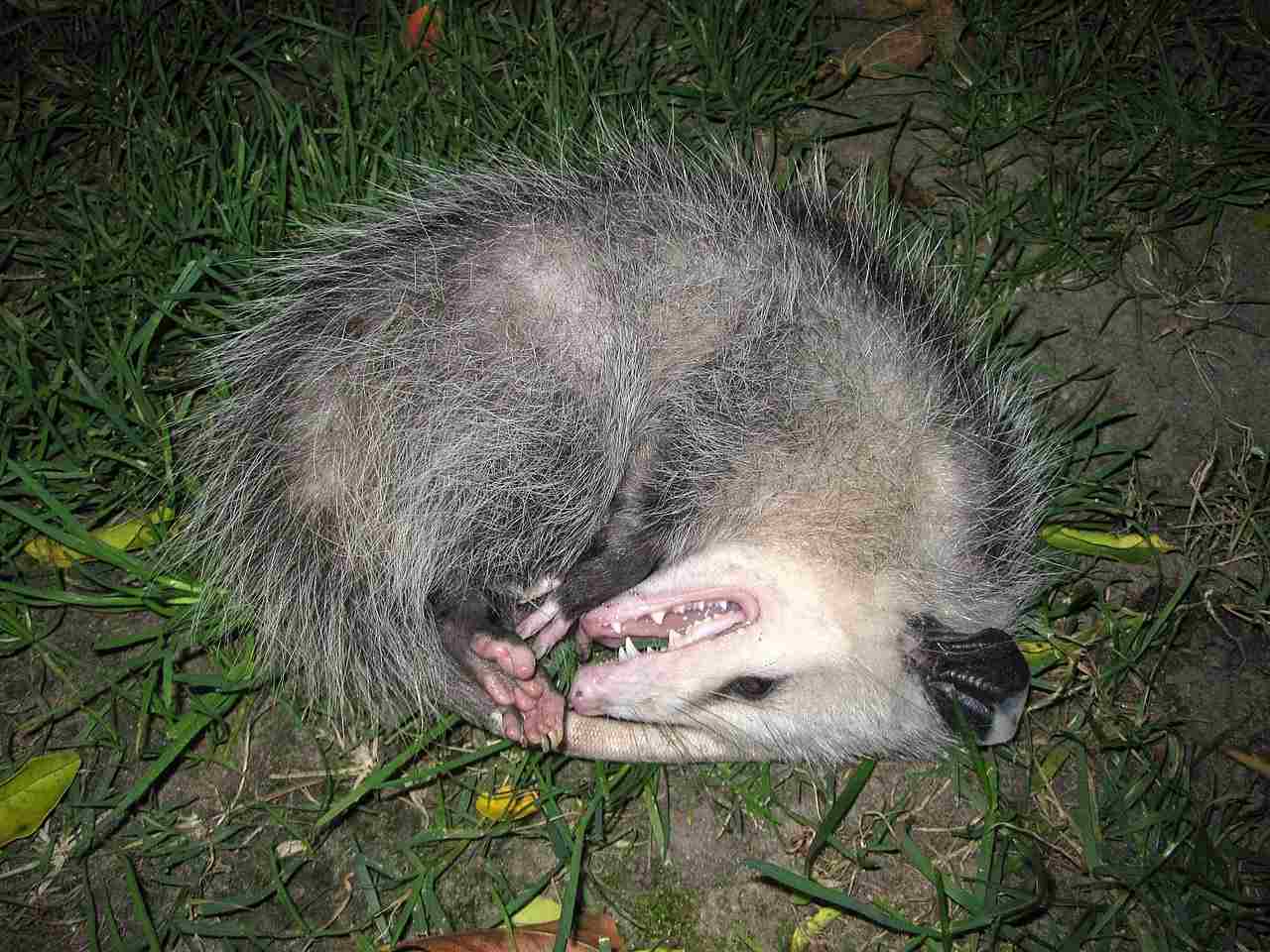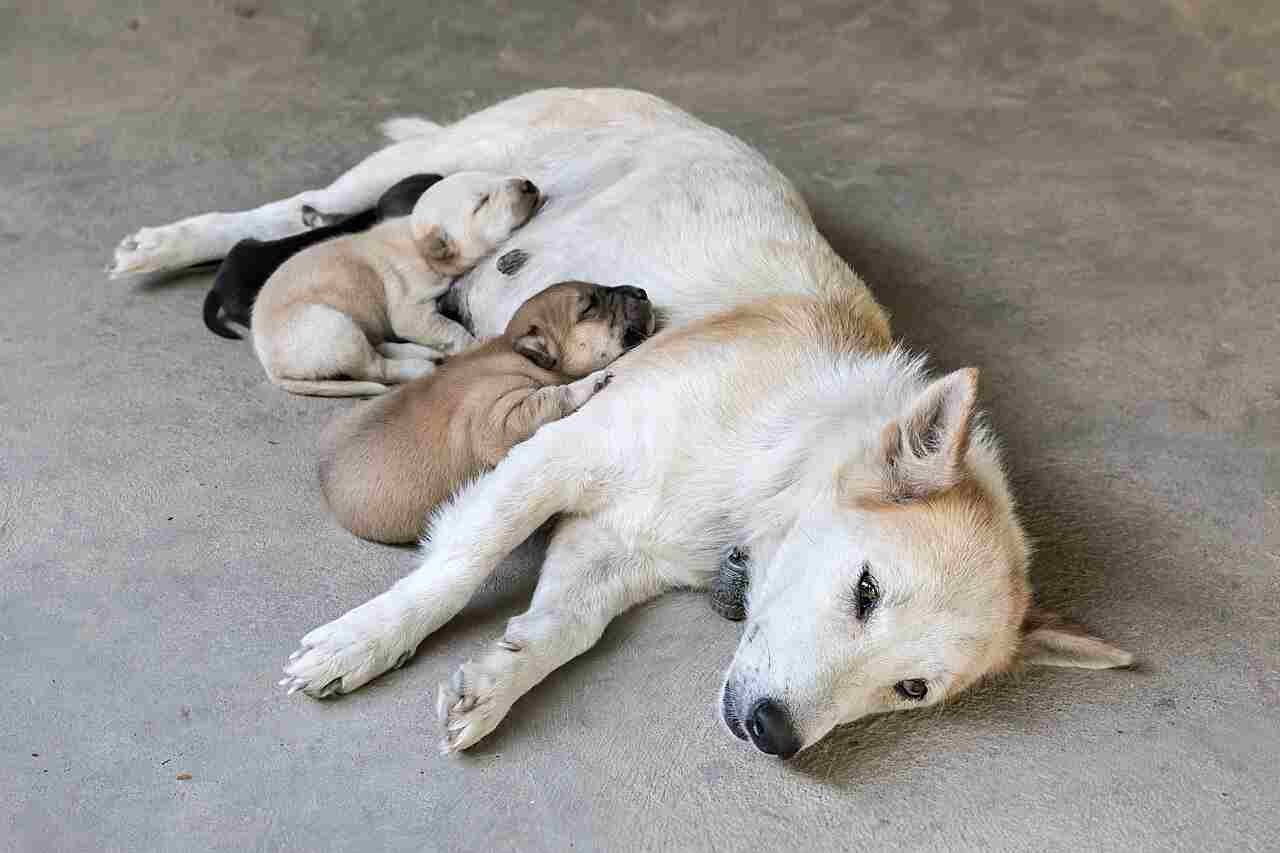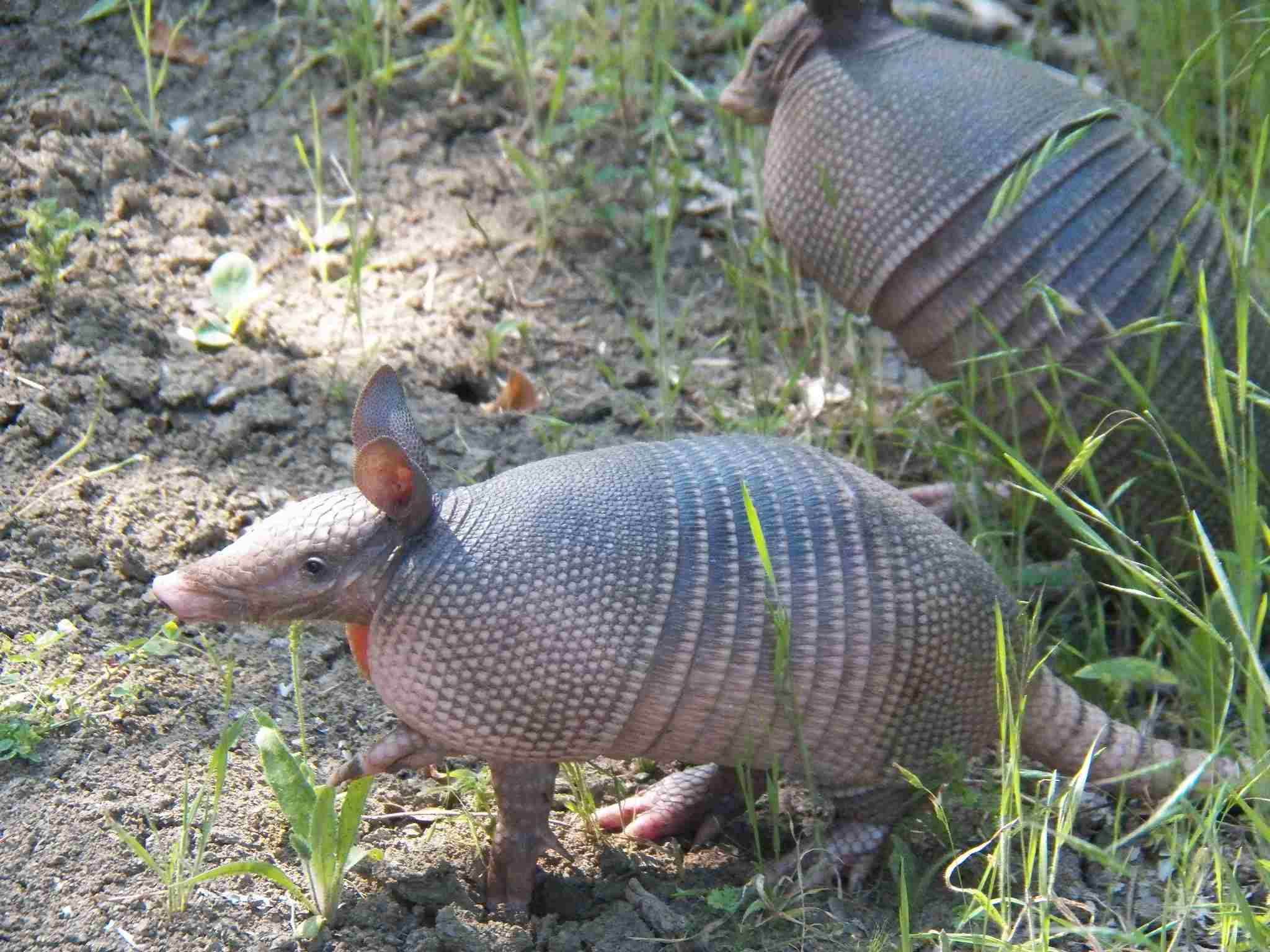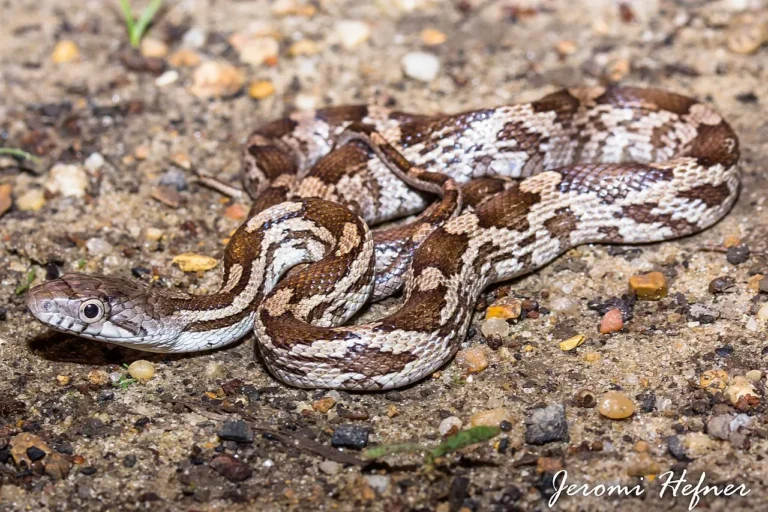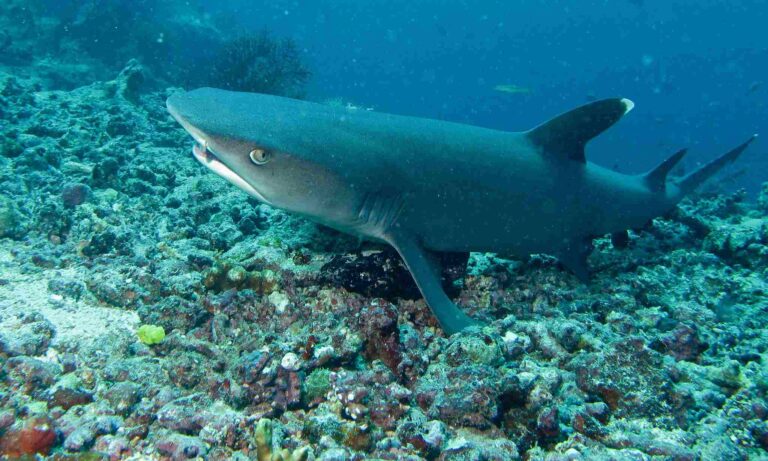Possum Vs Rat Pictures, Size, Weight, Overall Comparison
When comparing a possum to a rat, similarities in morphology and physiology emerge, though distinct features set them apart. Possums, characterized by a more drawn-out snout and prominent ears, exhibit differences in fur color, tail morphology, dentition, and walking patterns compared to rats. Despite potential size equality, a possum’s superior agility and predatory features position it as the likely victor in a real-world confrontation. Additionally, on average, adult possums tend to be larger than adult rats, further influencing the dynamics of a potential fight.
Possum vs Rat: Unraveling Morphological and Physiological Contrasts
In examining the confrontation between a possum and a rat, their morphological and physiological differences play pivotal roles in shaping the potential outcome. While sharing certain characteristics, the distinct features of possums and rats contribute to a nuanced analysis.
I). Morphological and Physiological Similarities:
– Both possums and rats share similarities in their overall body structure and physiology. However, nuanced differences become apparent upon closer examination.
II). Possum’s Distinct Features:
– Possums (especially those found in America, alternatively called Opossums) are characterized by a more drawn-out snout and prominent ears, distinguishing them from rats. These features contribute to their unique appearance and physiological adaptations.
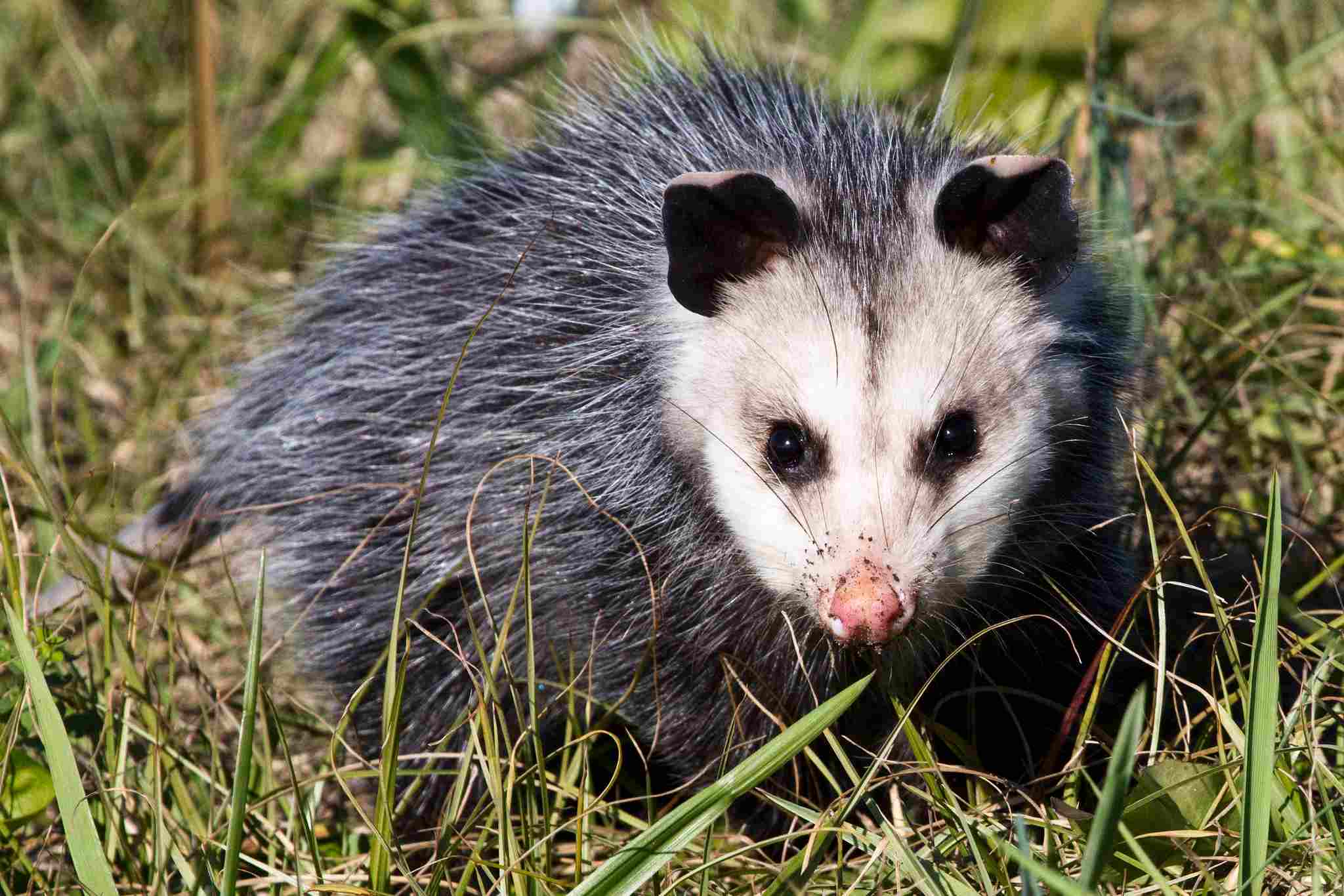
III). Differences in Fur Color:
– Possums and rats may display variations in fur color. This distinction serves as an external marker, aiding in the differentiation between the two species.
IV). Tail Morphology:
– The tail morphology differs between possums and rats. Possums typically have long, prehensile tails, while rats exhibit tails that are more slender and scaly.
V). Dentition Disparities:
– Possums and rats have distinct dentition patterns. The type and arrangement of teeth vary, reflecting their dietary preferences and adaptations.
VI). Walking Patterns:
– Possums often exhibit a distinctive walking pattern, employing both their hind and forelimbs. Rats, on the other hand, typically display a more straightforward walking pattern.
VII). Predicting Outcomes:
– In a real-world confrontation, a possum is likely to emerge victorious over a rat, even if they are of equal size and weight. The possum’s superior agility and predatory features, combined with its larger average size, contribute to its advantage in a potential fight.
VIII). Size Disparities:
– On average, adult possums tend to be larger than adult rats. This size disparity further enhances the possum’s likelihood of winning in a physical confrontation.
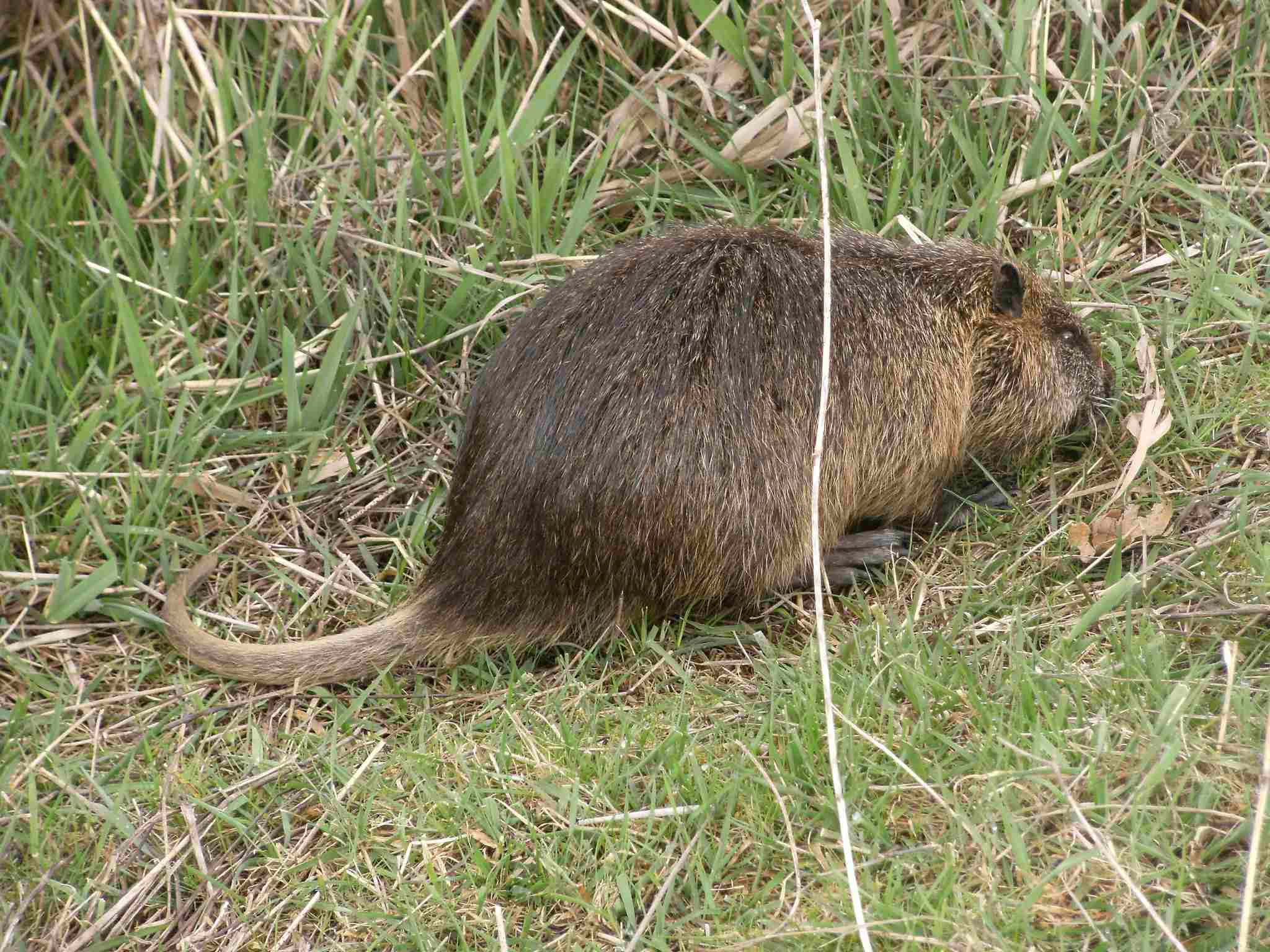
IX). Overall Dynamics:
– This analysis underscores the morphological and physiological differences between possums and rats. Despite potential size equality, the possum’s unique features, agility, and predatory adaptations position it as the likely victor in a real-world confrontation, offering insights into the intricacies of interspecies dynamics.
*Details of Comparison
| Criteria | Possum | Rat |
| Appearance | Dense, bushy fur; prehensile tail; large round eyes |
Short, coarse fur; long, scaly tail; small beady eyes
|
| Size | 32-58 cm (length excluding tail) |
20-25 cm (length excluding tail)
|
| Weight | 1-4 kg | 150-500 g |
| Bite Force (PSI) | Limited information |
Generally less than possums
|
| Physical Offensive Advantages | Sharp claws for climbing and defense |
Sharp incisors for gnawing and access to confined spaces
|
| Physical Defensive Advantages | Prehensile tail for balance and escape |
Agility and ability to squeeze into small spaces
|
| Speed | Approximately 15 km/h |
Generally faster than possums
|
| Agility | Agile climbers |
Agile, navigates narrow spaces
|
| Senses | Good night vision, excellent sense of smell |
Good sense of hearing and smell
|
| Overall Physical Capacity | Well-adapted for climbing |
Agile with a body structure suited for ground-level movement
|
| Habitat Preference(s) | Forests, woodlands, urban areas |
Varied, including urban areas, fields, and sewers
|
| Tracks | Five-toed tracks, often with claw marks |
Four-toed tracks with visible tail drag marks
|
| Lifespan | 7-10 years | 1-3 years |
| Mode of Feeding | Herbivorous | Omnivorous |
| Intelligence | Limited information |
Highly intelligent with problem-solving capabilities
|
| Social Behavior | Generally solitary |
Highly social, lives in colonies
|
| Mode of Reproduction | Single births, short gestation |
Rapid breeders with large litters, short gestation
|
| Parental Behavior | Mothers carry and nurse young in a pouch |
Mothers build nests and care for the offspring
|
| Proximity to Human-Inhabited Areas | Common in urban and suburban areas |
Highly adaptable to urban areas, often considered pests
|
| Behavior Toward Humans | Generally shy, may exhibit defensive behavior |
Varies, some may be bold and scavenging in human presence
|
| Danger Posed to Humans | Minimal danger, may bite if cornered |
Can pose health risks, may bite if threatened
|
| Associated Precautions | Handle with care to avoid bites |
Caution required due to potential disease transmission
|
| Conservation Status | Varies, some species may face threats |
Common species, often considered pests
|
1. Taxonomy:
Possum:
Kingdom: Animalia
Phylum: Chordata
Class: Mammalia
Order: Diprotodontia
Family: Phalangeridae
Genus: Trichosurus (for common brushtail possum)
Rat:
Kingdom: Animalia
Phylum: Chordata
Class: Mammalia
Order: Rodentia
Family: Muridae
Genus: Rattus (for common brown rat)
2. Appearance:
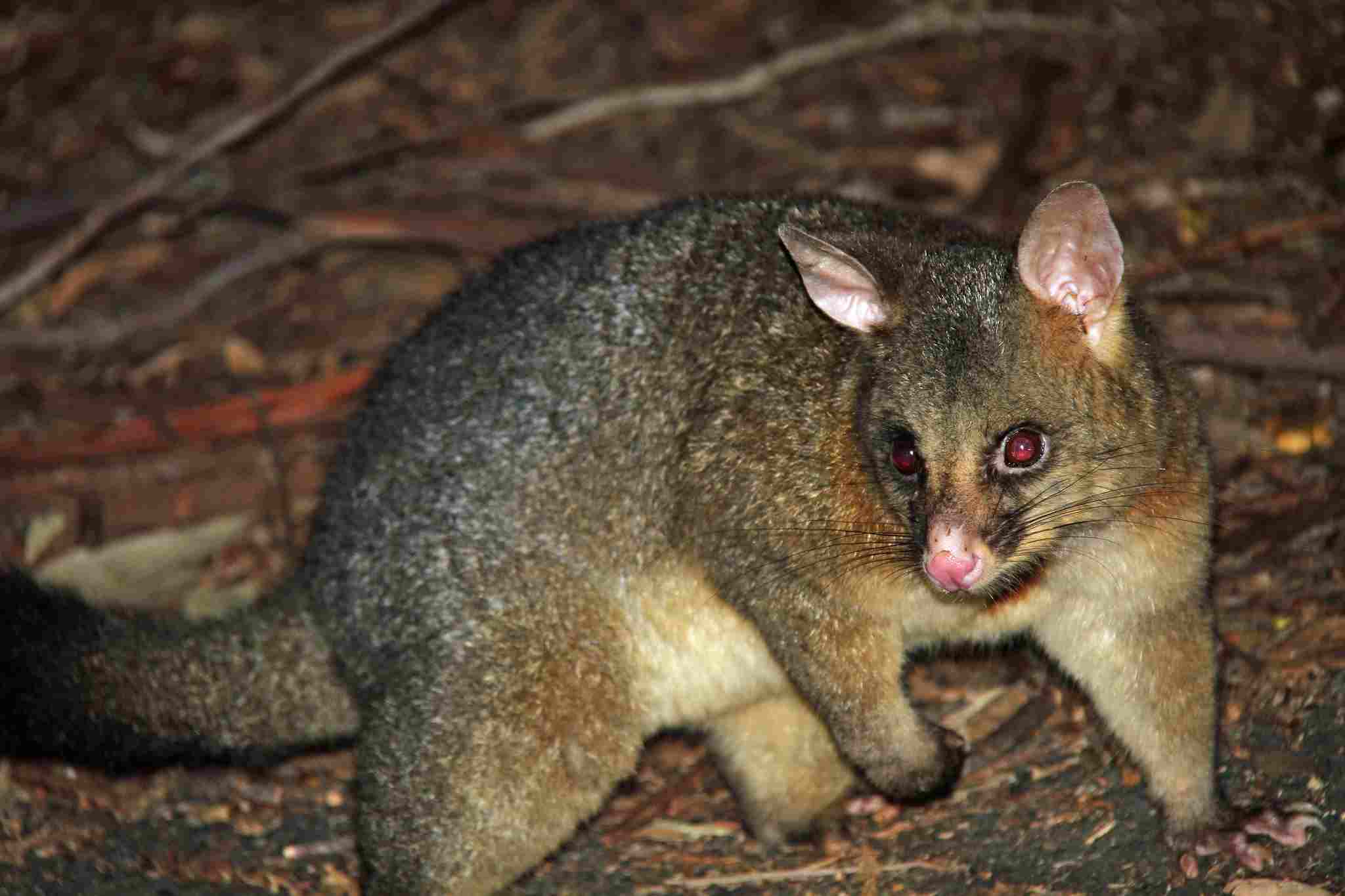
Possum:
Fur: Dense and bushy, varying in color from gray to brown
Tail: Prehensile and furry
Eyes: Large and round
Rat:
Fur: Short and coarse, typically brown or gray
Tail: Long, scaly, and without fur
Eyes: Small and beady
Comparison: Possums have a more visually appealing, bushy appearance compared to the utilitarian look of rats.
Ecological Implications: The appearance of possums may contribute to their role in ecosystems as potential seed dispersers due to their appealing fur, while rats’ appearance may be adapted for efficient scavenging.
3. Size:
Possum:
Length: 32 to 58 cm (excluding tail)
Rat:
Length: 20 to 25 cm (excluding tail)
Comparison: Possums are generally larger in size compared to rats.
Ecological Implications: Larger size may provide possums with advantages in foraging and territorial disputes, influencing their ecological interactions differently than smaller-sized rats.
4. Weight:
Possum:
Weight: 1 to 4 kg
Rat:
Weight: 150 to 500 g
Comparison: Possums are significantly heavier than rats.
Ecological Implications: The weight difference may impact their ecological roles, with possums potentially having a larger impact on vegetation and rats on smaller prey and seed consumption.
5. Bite Force (PSI):
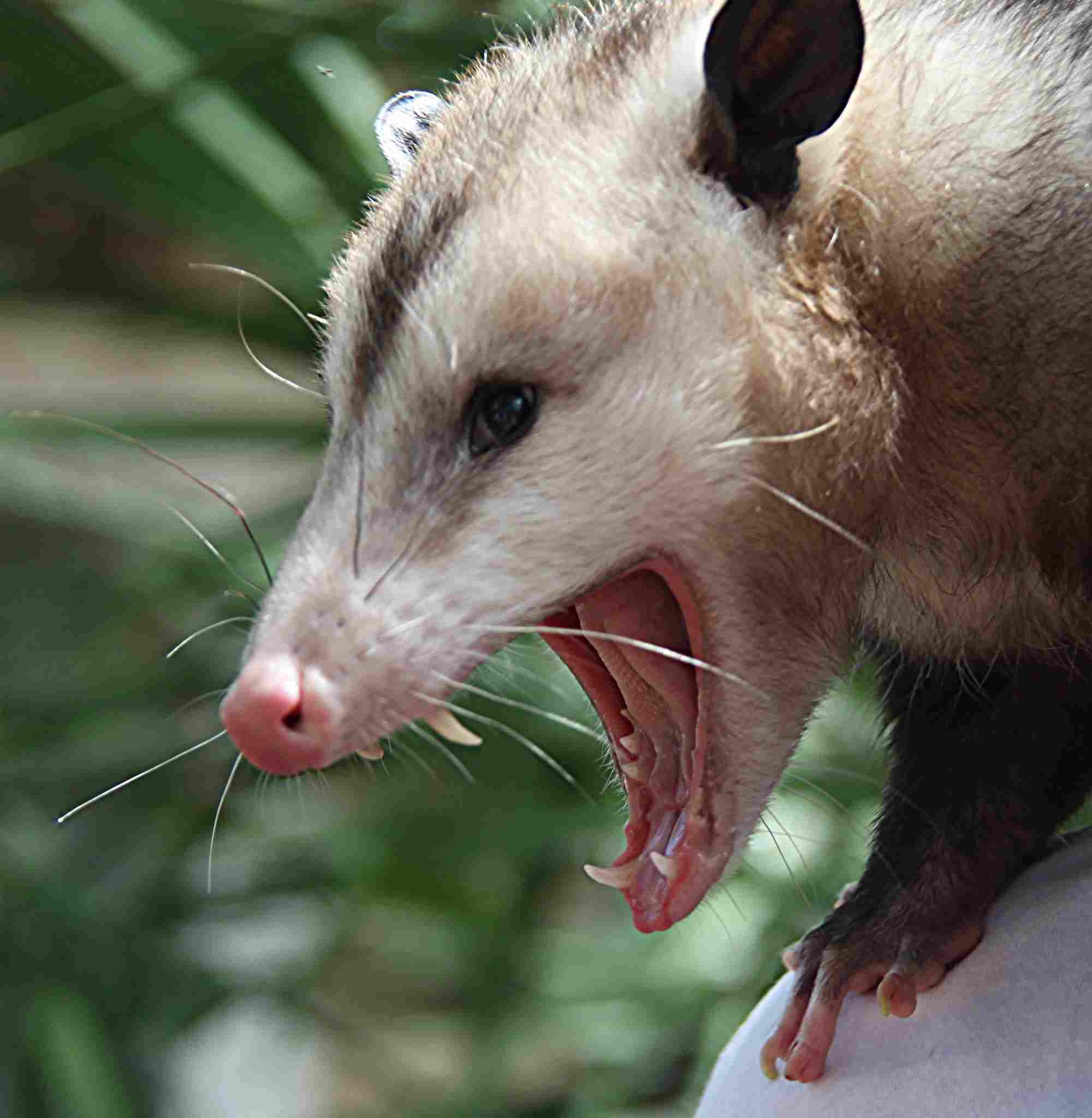
Possum: Information on precise bite force is limited.
Rat:
Bite Force: Varies, but generally less than possums
Comparison: Possums likely possess a stronger bite force compared to rats.
Ecological Implications: Possums’ stronger bite may influence their feeding habits, possibly allowing them to consume a wider range of foods or defend against larger predators.
6. Physical Offensive Advantages:
Possum:
Sharp claws for climbing and defense
Rat:
Sharp incisors for gnawing and access to confined spaces
Comparison: Possums rely on claws for offense, while rats utilize sharp incisors.
Ecological Implications: These physical advantages contribute to their respective roles in ecosystems, with possums adapting for arboreal life and rats for scavenging in various environments.
7. Physical Defensive Advantages:
Possum:
Prehensile tail for balance and escape
Rat:
Agility and ability to squeeze into small spaces
Comparison: Possums use a prehensile tail defensively, whereas rats rely on agility.
Ecological Implications: These defensive features impact their survival strategies, with possums excelling in tree-dwelling escapes and rats in evading predators through narrow spaces.
8. Speed (Km/hour or Mile/hour):
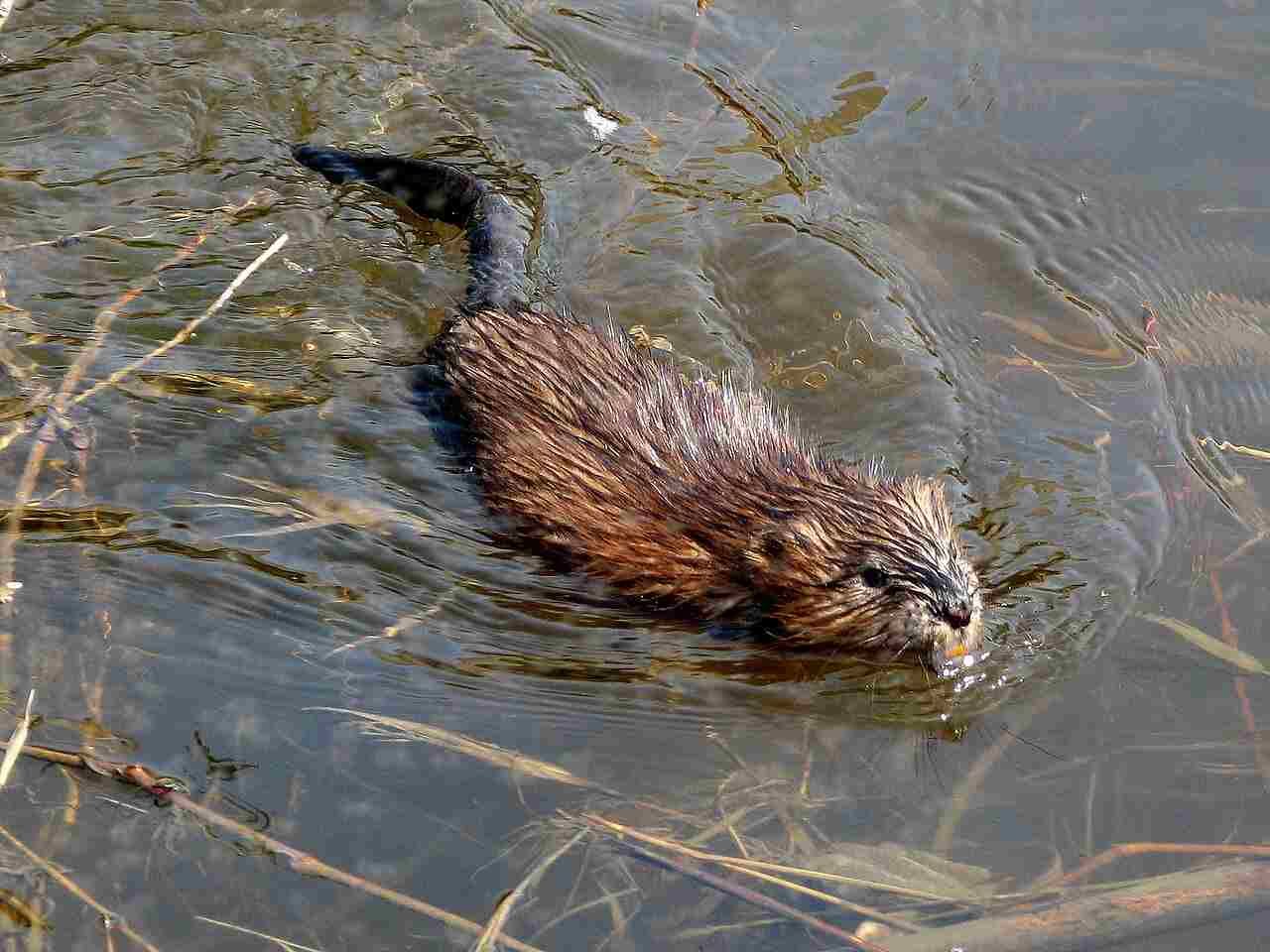
Possum: Approximately 15 km/h (9 mph)
Rat: Varies, but generally faster than possums
Comparison: Rats are generally faster than possums.
Ecological Implications: Speed influences their ability to escape predators and catch prey, contributing to their ecological roles in different ecosystems.
9. Agility:

Possum: Agile climbers, capable of moving through trees with ease
Rat: Agile and able to navigate narrow spaces
Comparison: Possums showcase agility in arboreal settings, while rats exhibit agility in ground-level environments.
Ecological Implications: Their agility is adapted to their respective habitats, impacting their ability to access resources and avoid predators.
10. Senses:
Possum:
Good night vision
Excellent sense of smell
Rat:
Good sense of hearing and smell
Comparison: Possums have better night vision, while rats rely on acute hearing and smell.
Ecological Implications: These sensory adaptations influence their nocturnal activities and foraging strategies in different ecological niches.
11. Overall Physical Capacity:
Possum:
Well-adapted for climbing and arboreal life
Rat:
Agile with a body structure suited for ground-level movement
Comparison: Possums are specialized for tree-dwelling, whereas rats are adapted to ground-level activities.
Ecological Implications: Their physical capacities contribute to their roles in ecosystems, with possums dominating the canopy and rats navigating diverse terrains.
12. Habitat Preference(s):
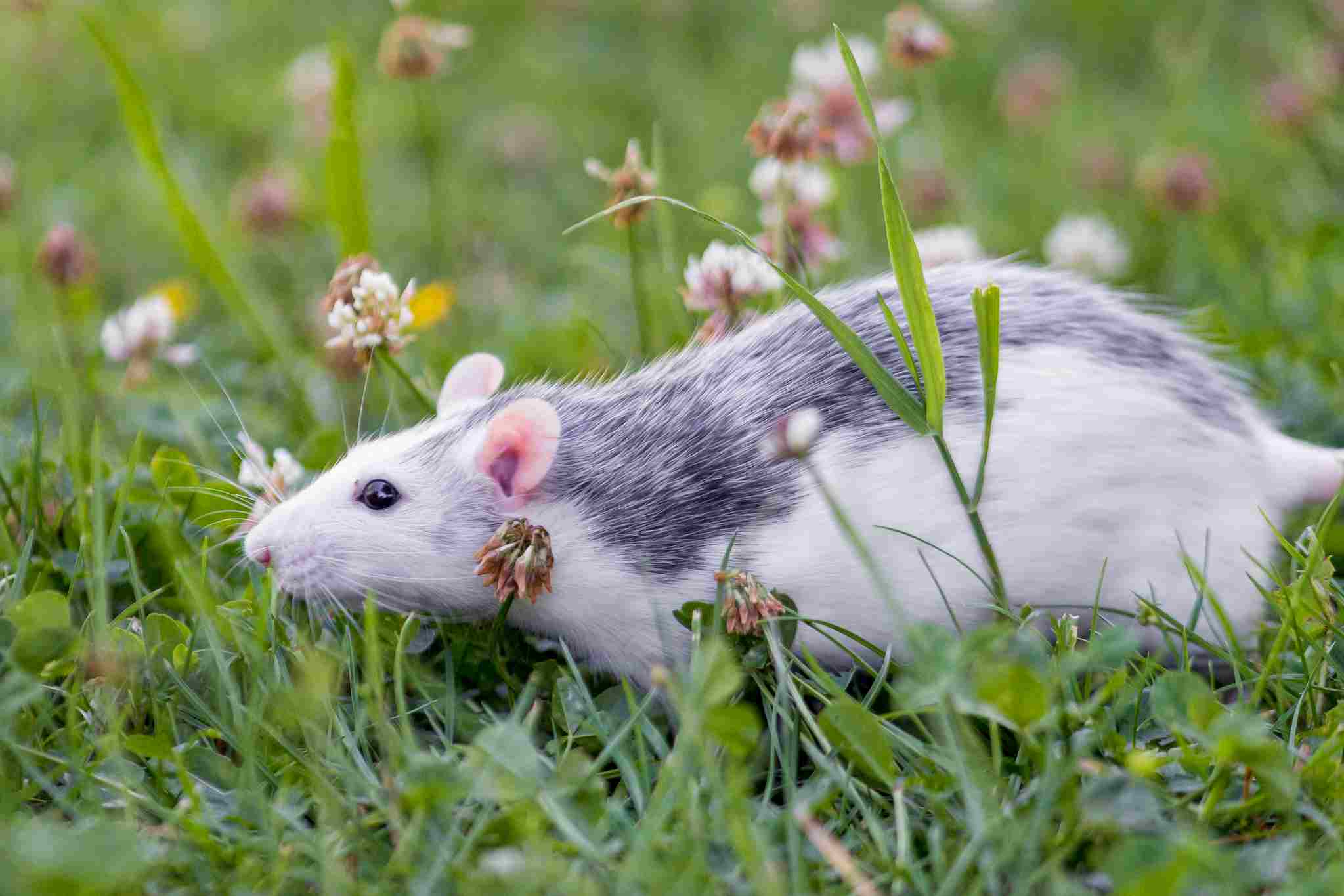
Possum:
Forests, woodlands, urban areas
Rat:
Varied, including urban areas, fields, and sewers
Comparison: While both can adapt to urban environments, possums have a stronger association with wooded areas.
Ecological Implications: Habitat preferences influence their interactions with other species and the resources available in different ecosystems.
13. Tracks:
Possum:
Distinctive five-toed tracks, often showing claw marks
Rat:
Typically show four-toed tracks with visible tail drag marks
Comparison: Possum tracks are characterized by five toes, while rats leave four-toed tracks with tail drags.
Ecological Implications: Understanding their tracks aids in tracking their movements and studying their impact on local ecosystems.
14. Lifespan:
Possum:
Typically 7 to 10 years in the wild
Rat:
Generally 1 to 3 years in the wild
Comparison: Possums have a longer lifespan compared to rats.
Ecological Implications: Lifespan influences reproductive strategies and the potential ecological impact of each species over time.
15. Mode of Feeding:
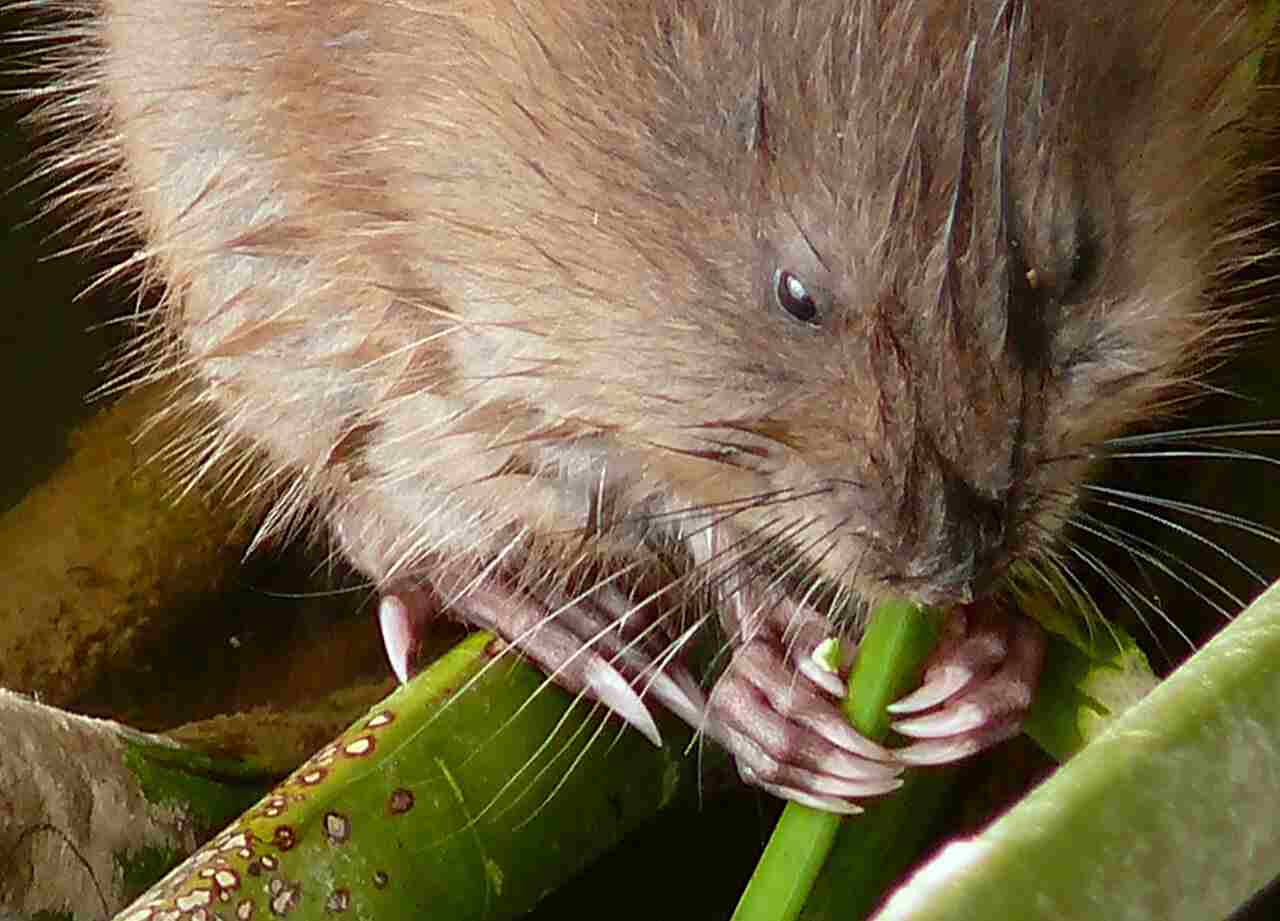
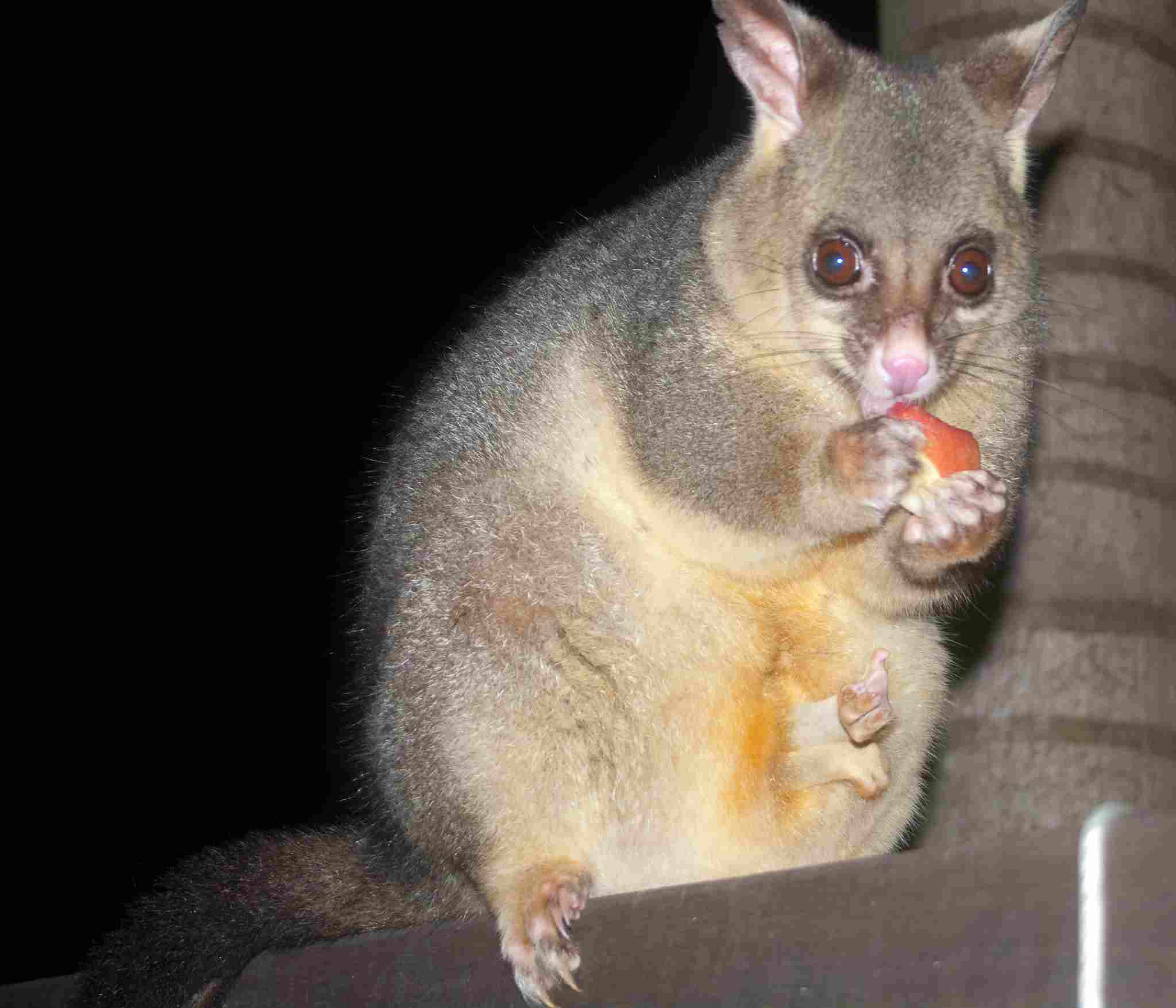
Possum:
Herbivorous diet, primarily feeding on leaves, fruits, and flowers
Rat:
Omnivorous diet, feeding on a wide range of items including grains, fruits, and insects
Comparison: Possums are herbivores, while rats are omnivores.
Ecological Implications: Their feeding habits impact their roles in nutrient cycling and potential competition with other species in their ecosystems.
16. Intelligence:
Possum:
Limited information on cognitive abilities, but problem-solving skills observed
Rat:
Considered highly intelligent with problem-solving capabilities
Comparison: Rats are generally regarded as more intelligent than possums.
Ecological Implications: Intelligence influences adaptability and resource utilization, impacting their ecological roles.
17. Social Behavior:
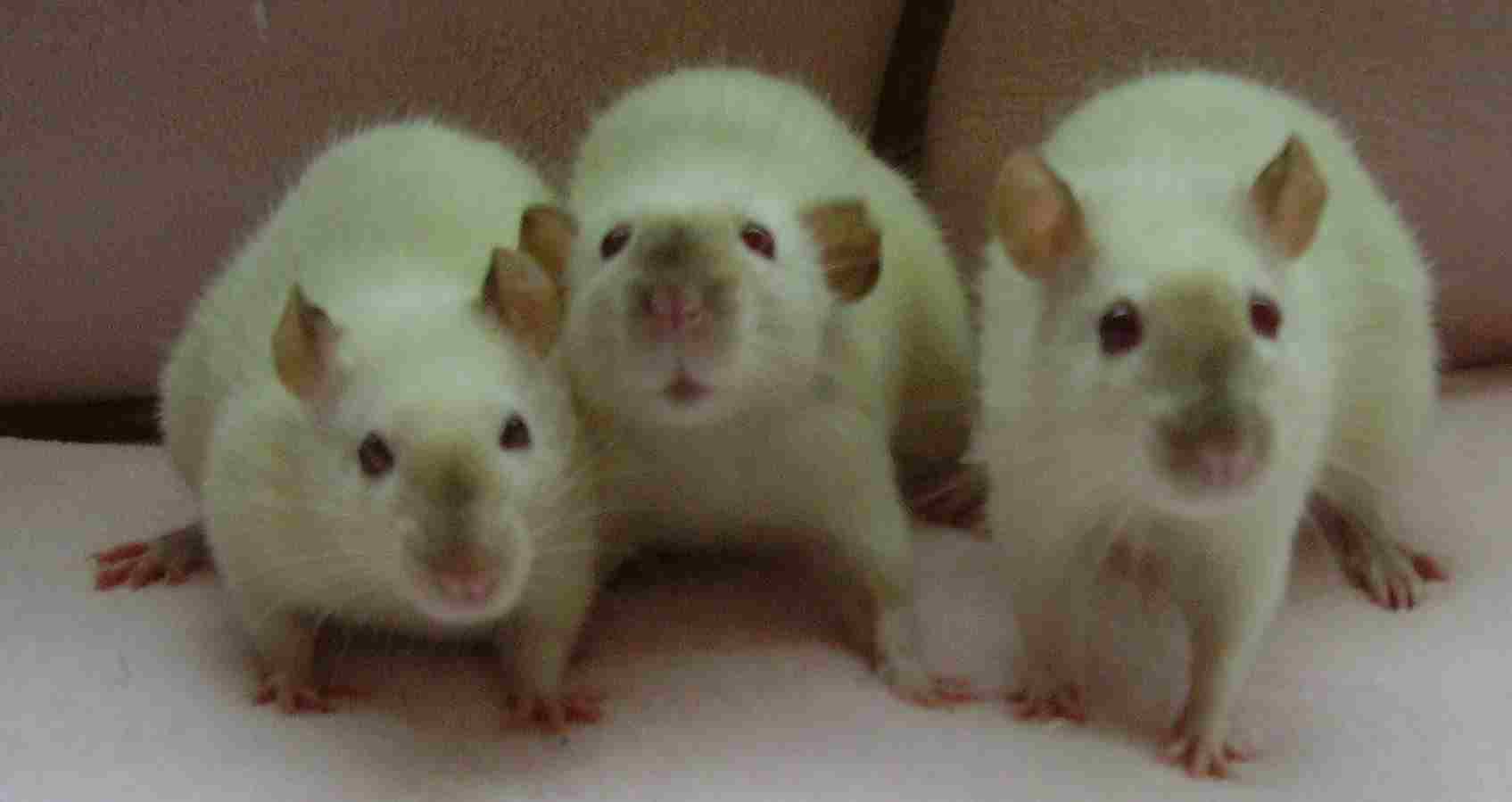
Possum:
Generally solitary, but some species may tolerate others in close proximity
Rat:
Highly social, living in colonies with complex social structures
Comparison: Rats exhibit social behavior, while possums are primarily solitary.
Ecological Implications: Social structures affect their interactions with conspecifics, potentially influencing resource competition and cooperation within their ecosystems.
18. Mode of Reproduction:
Possum:
Generally single births, with a short gestation period
Rat:
Rapid breeders with large litters, short gestation period
Comparison: Possums have fewer offspring per reproductive event compared to rats.
Ecological Implications: Reproductive strategies impact population dynamics, potential competition for resources, and their overall ecological roles.
19. Parental Behavior:
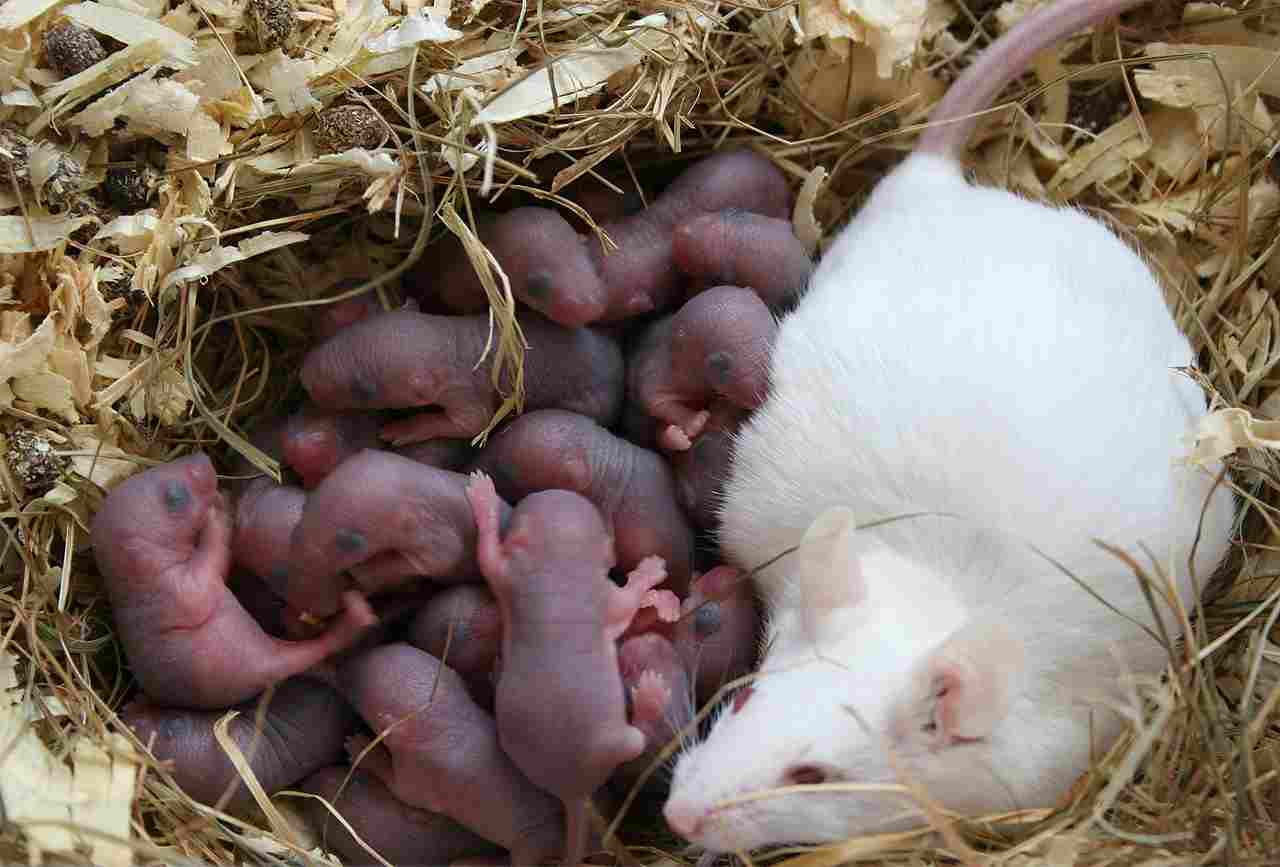
Possum:
Mothers carry and nurse young in a pouch
Rat:
Mothers build nests and care for the offspring
Comparison: Possums exhibit pouch-based parental care, while rats build nests.
Ecological Implications: Parental behaviors influence the survival and development of offspring, impacting the population dynamics of each species.
20. Proximity to Human-Inhabited Areas:
Possum:
Commonly found in urban and suburban environments
Rat:
Highly adaptable to urban areas, often considered pests
Comparison: Both possums and rats are adaptable to human-inhabited areas.
Ecological Implications: Their proximity to humans can lead to interactions, influencing local ecosystems and posing potential challenges for pest management.
21. Behavior Toward Humans:
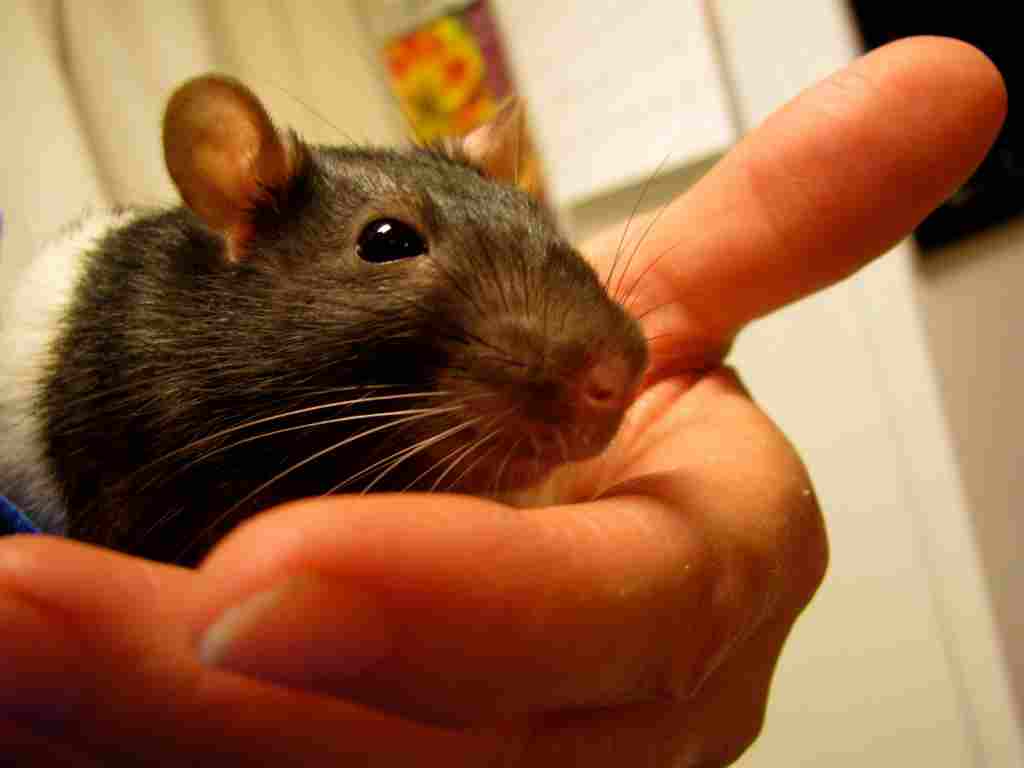
Possum:
Generally shy and nocturnal, may exhibit defensive behavior if cornered
Rat:
Can display varying behaviors, some may be bold and scavenging in human presence
Comparison: Possums tend to be more reserved, while rats can display bolder behavior around humans.
Ecological Implications: Behavior toward humans can influence human-wildlife conflicts and interactions in shared environments.
22. Danger Posed to Humans:
Possum:
Typically poses minimal danger to humans; may bite if cornered but rarely carries diseases harmful to humans
Rat:
Can pose health risks by carrying diseases and may bite if threatened
Comparison: Rats may pose a higher danger to humans due to disease transmission.
Ecological Implications: Human safety concerns can impact perceptions of these species and influence management strategies in urban and suburban areas.
23. Associated Precautions:
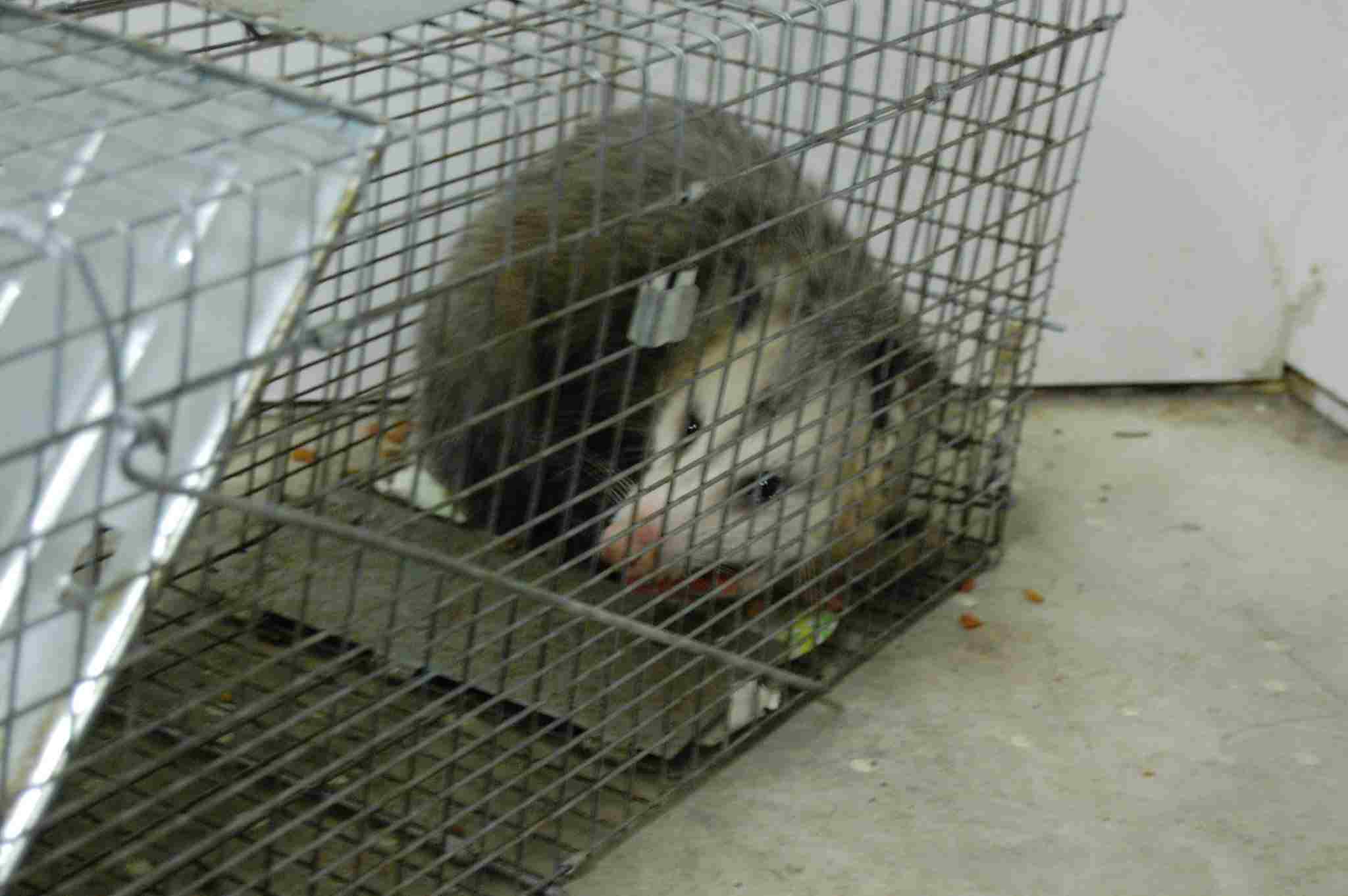
Possum:
Handling with care to avoid bites; minimal precautions needed for disease transmission
Rat:
Caution required due to potential disease transmission; pest control measures often implemented
Comparison: Precautions are generally more stringent for rats due to disease risks.
Ecological Implications: Human precautions impact the management and coexistence strategies for these species in shared environments.
24. Conservation Status:
Possum:
Varies by species; some may be of least concern, while others face threats or are near-threatened
Rat:
Common species often considered pests; conservation status may not be a primary concern
Comparison: Conservation status varies more widely among possum species; rats are often abundant.
Ecological Implications: Conservation efforts may be more focused on specific possum species, while rat populations may be managed for pest control.
Summary of Comparison
Appearance:
Possum: Dense, bushy fur; prehensile tail; large round eyes
Rat: Short, coarse fur; long, scaly tail; small beady eyes
Size:
Possum: 32-58 cm (length excluding tail)
Rat: 20-25 cm (length excluding tail)
Weight:
Possum: 1-4 kg
Rat: 150-500 g
Bite Force (PSI):
Possum: Limited information
Rat: Generally less than possums
Physical Offensive Advantages:
Possum: Sharp claws for climbing and defense
Rat: Sharp incisors for gnawing and access to confined spaces
Physical Defensive Advantages:
Possum: Prehensile tail for balance and escape
Rat: Agility and ability to squeeze into small spaces
Speed:
Possum: Approximately 15 km/h
Rat: Generally faster than possums
Agility:
Possum: Agile climbers
Rat: Agile, navigates narrow spaces
Senses:
Possum: Good night vision, excellent sense of smell
Rat: Good sense of hearing and smell
Overall Physical Capacity:
Possum: Well-adapted for climbing
Rat: Agile with a body structure suited for ground-level movement
Habitat Preference(s):
Possum: Forests, woodlands, urban areas
Rat: Varied, including urban areas, fields, and sewers
Tracks:
Possum: Five-toed tracks, often with claw marks
Rat: Four-toed tracks with visible tail drag marks
Lifespan:
Possum: 7-10 years
Rat: 1-3 years
Mode of Feeding:
Possum: Herbivorous
Rat: Omnivorous
Intelligence:
Possum: Limited information
Rat: Highly intelligent with problem-solving capabilities
Social Behavior:
Possum: Generally solitary
Rat: Highly social, lives in colonies
Mode of Reproduction:
Possum: Single births, short gestation
Rat: Rapid breeders with large litters, short gestation
Parental Behavior:
Possum: Mothers carry and nurse young in a pouch
Rat: Mothers build nests and care for the offspring
Proximity to Human-Inhabited Areas:
Possum: Common in urban and suburban areas
Rat: Highly adaptable to urban areas, often considered pests
Behavior Toward Humans:
Possum: Generally shy, may exhibit defensive behavior
Rat: Varies, some may be bold and scavenging in human presence
Danger Posed to Humans:
Possum: Minimal danger, may bite if cornered
Rat: Can pose health risks, may bite if threatened
Associated Precautions:
Possum: Handle with care to avoid bites
Rat: Caution required due to potential disease transmission
Conservation Status:
Possum: Varies, some species may face threats
Rat: Common species, often considered pests
Conclusion
I. Similarities:
Both possums and rats exhibit adaptability to human-altered environments.
II. Differences:
Key differences include size, lifespan, mode of reproduction, and behavior towards humans, influencing their ecological roles and interactions in diverse ecosystems.
